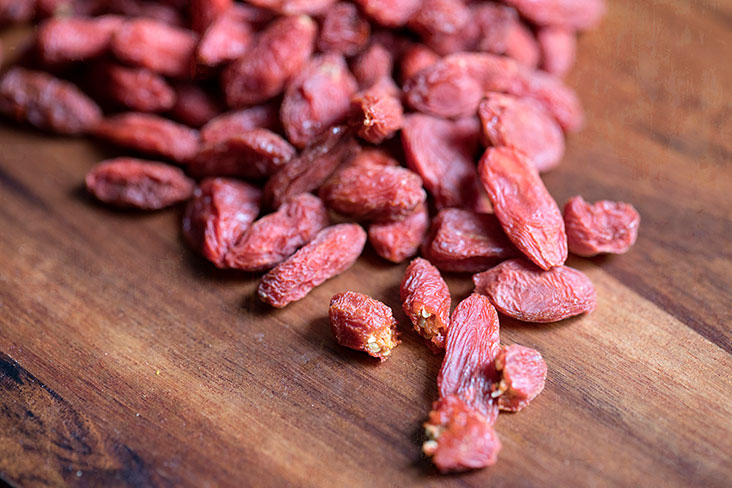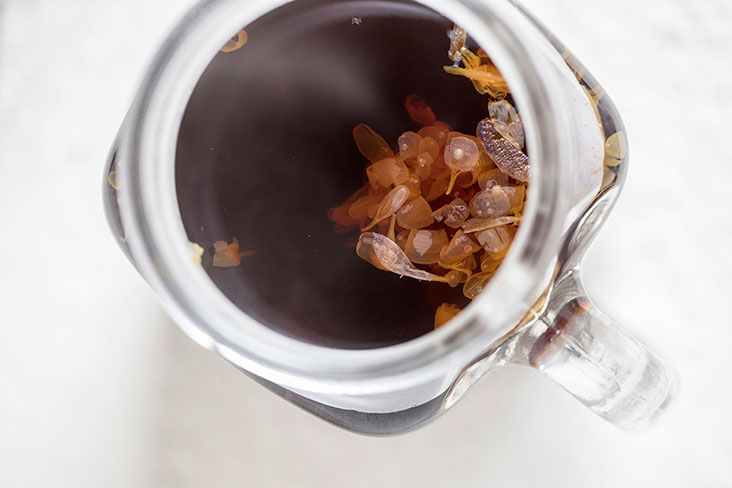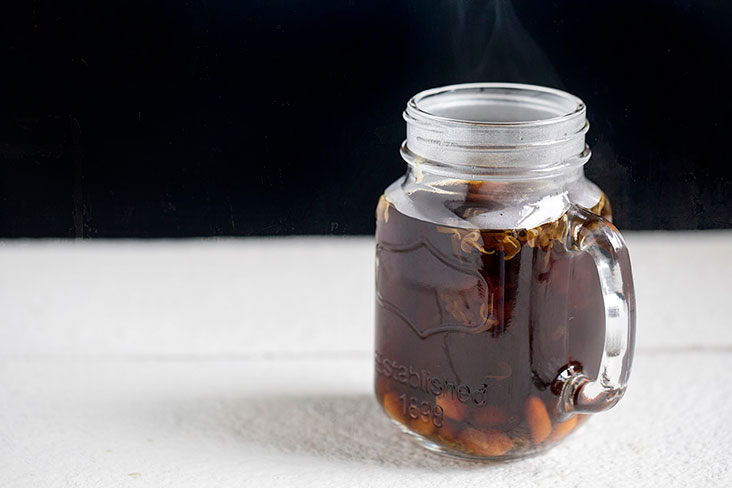KUALA LUMPUR, Oct 10 – It began with my quest to cut down on sugar.
Some of us get into the rhythm of eating healthier in January; New Year’s Day seems so full of promise and potential. This year, we tell ourselves, we will get it right. We will eat whole foods that we prepare ourselves with as few harmful additives as we can manage.
Then February comes along and we’ve forgotten our well-meaning vows to ourselves. Our health can wait another year.
Except this year has been revelatory in just how our health cannot wait. Time waits for no one and the way our world has changed is proof of that, irrevocably and painfully so.
So my pursuit of better eating habits begins anew. I don’t have to wait for next January; the only time we have is now.
And while so-called experts can’t seem to agree on much – not when you have some suggesting we go vegan while others swear by the Carnivore Diet (steak lovers, rejoice!) – almost everyone has to admit too much sugar isn’t great for us.
Soft drinks manufacturers might well disagree, of course. To their dismay, however, entire nations have embraced the cause by implementing sugary drink taxes. Well done, countries!
Still, we ought to be responsible for our own health as much as we can, no? Hence my quest to cut down on my consumption of sugar.
Cutting it out of cooking and desserts is easy enough as I have a savoury palate rather than a sweet tooth. Still, who could refuse a sweet and refreshing drink? Beverages are my blind spot, I find.
One beverage I drink almost on a daily basis these days is some form of home-brewed liong cha or Chinese herbal tea. My mother has inculcated in us kids since young that these will help us if we’re “heaty”, fatigued, unwell or alleviate all manner of ailments.
I’m not sure I’m entirely convinced though I’ve never disagreed. After all, a cup or two of liong cha – be it barley water or chrysanthemum tea – always tastes delicious to me so why not?

That’s when it hit what was naturally sweet: lor hon kor or monk fruit (Siraitia grosvenorii). Its sweet taste comes from mogrosides, a group of saponins, that make the lor hon kor a natural sweetener.
This is possibly my favourite liong cha or Chinese herbal tea. Its name evokes imageries of devout Buddhist monks in meditation and living a healthy lifestyle. Its name in Cantonese literally means “arhat fruit”; arhat being a monk who becomes enlightened.
Typically, the way we’d brew lor hon kor at home is with dried longan, perhaps some dried red dates and – very sparingly – rock sugar, if we’re using only one monkfruit for a huge pot of water. Otherwise lor hon kor is quite sweet enough on its own, even without the almost requisite hit of rock sugar that is synonymous with brewing liong cha.
In Guangdong (where my ancestors hailed from; my family is Cantonese), lor hon kor isn’t merely prescribed as a cure for sore throats and cough. In typical traditional Chinese medicine fashion, the Cantonese also believed the fruit to help us live longer!
But how about levelling it up, making this herbal tea more of a health boost? Adding other ingredients common in Chinese herbal teas such as chrysanthemum, goji berries and American ginseng adds depth to every sip, I find.

In ancient times, lor hon kor was also called the longevity fruit. There’s no evidence of this, surely, but the taste alone convinces me that even if I’m not adding years to my life, surely I’m adding life to my years!
LEVELLED-UP LOR HON KOR
While my quest is to cut down sugar in my diet, lor hon kor still contains natural sugars, mainly fructose and glucose. What some manufacturers have done, however, is to extract the monkfruit sweetener from the fruit, separating the intensely sweet mogrosides from the juice.
As a result, monk fruit extract is considered a natural sweetener, free from fructose and glucose. This means it has zero calories and is nearly 300 times sweeter than sugar!
Fret not, by boiling the monk fruit in water to create our lor hon kor drink, we can pretty much adjust its sweetness by adjusting the volume of water. Other ingredients help to balance the sweet monk fruit flavour.

American ginseng, long thought to reduce stress and boost energy levels, adds a subtle bitterness. Chrysanthemum infuses the liong cha with a calming floral fragrance.

And if you’re as guilty as I am of staring at my smartphone for hours on end, zombie-like, then you’ll appreciate the antioxidants found in goji berries, such as zeaxanthin that aids in protecting our eyes.

Remember, this isn’t our grandparents’ lor hon kor but a levelled-up lor hon kor for more troubled times when we need all the help we can get. May every sip of this elixir be a sip of longevity for every one of us. May we be well and happy always.
Ingredients
3 litres water
1 whole lor hon kor (monk fruit); broken into pieces
30g dried chrysanthemum flowers
30g goji berries
30g American ginseng “threads” (the long fibres)
Method
Fill a large pot with water. Add the broken pieces of monk fruit. Make sure you include both the monk fruit pulp and shell. Bring to a boil.
Once the water is boiling, add the chrysanthemum flower, goji berries and threads of American ginseng. Reduce the heat and simmer for about 30 minutes.

When the boiling process is complete, you may serve cups of the herbal tea either hot or chilled.
For more Weekend Kitchen stories and recipes, visit https://lifeforbeginners.com/weekend-kitchen/.






















